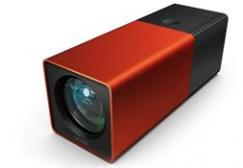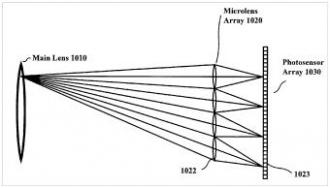Patenting inventions – the Lytro example
Posted Thursday, March 08, 2012.
A new kind of camera has recently attracted some press, and it contains some interesting features. The Lytro (www.lytro.com) camera has adopted something called Light Field technology, which allows you to refocus a photograph after you have taken it.
So how is “Light Field” innovative? And how has the young company Lytro protected its innovation? A brief look at the company website and the patent literature answer both questions.
CEO Ren Ng adopts an old technique of obtaining a large number of images from the subject, each image coming from a slightly different angle. Each image is recorded on a photo-sensor array.
The Lytro camera innovates by capturing and storing the sub-images, and then later allowing the user to reassemble the sub-images into a “virtual image” having a “virtual focus.” All of this can be done within the camera itself.
Fig. 10, U.S. Patent 7,936,392
U.S. Patent 7,936,392, with Ren Ng named as an inventor, protects the method and apparatus for constructing this “virtual image” of a scene. Several patent applications have also been filed for different aspects of the product.
The Lytro story is an excellent example of the tradeoffs inherent in the patent system. The Ng patents and applications teach the world how to create these images. In exchange, the patent holder gains some time-limited rights in his invention. This inventor gets some breathing room to compete, and/or creates value in the business for the purpose of attracting additional investment.



